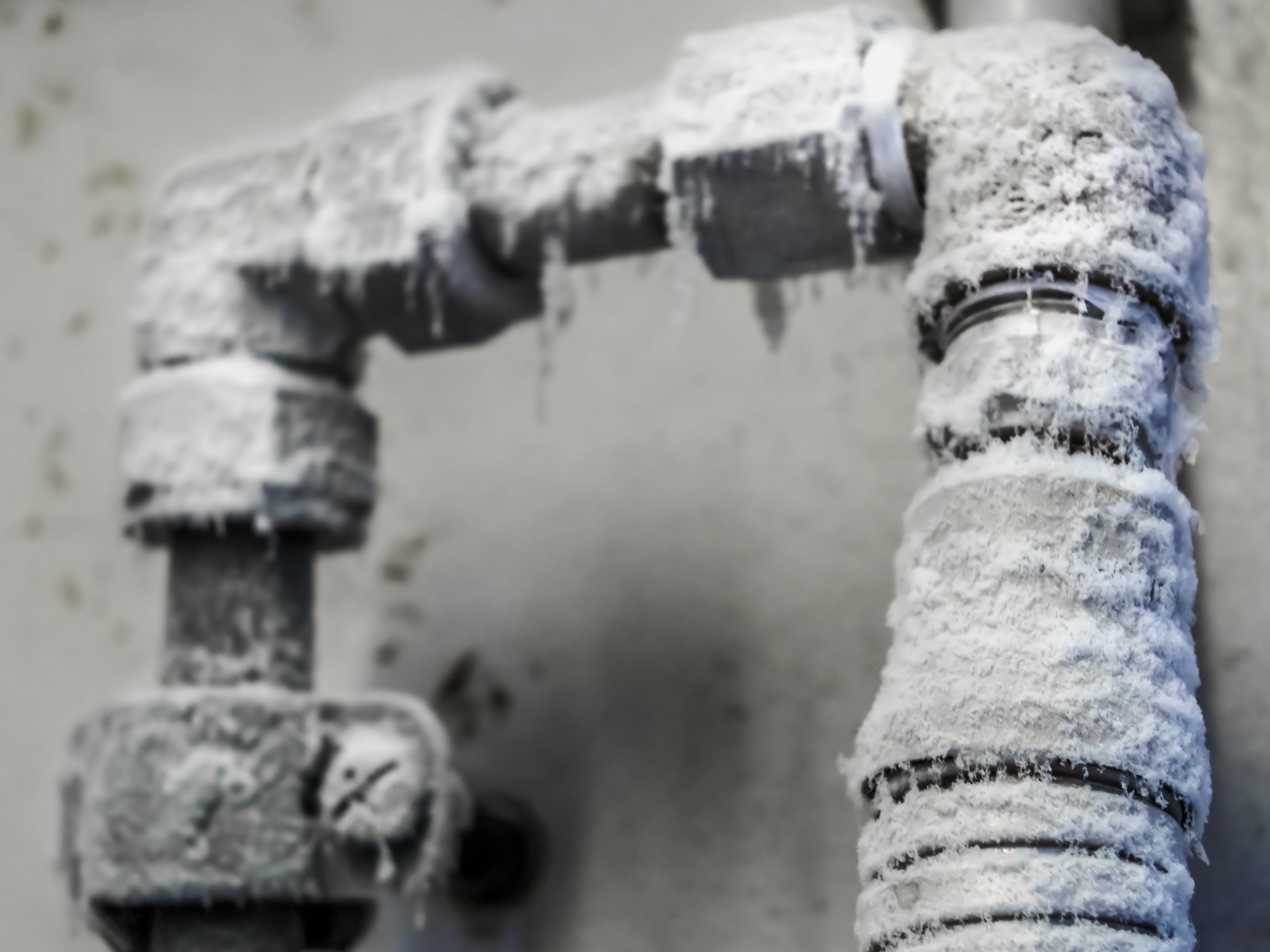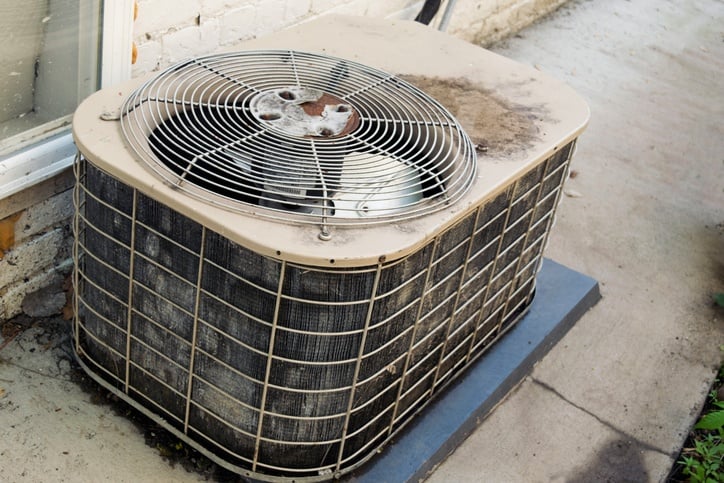Dudley Smith, PE, CEM
Recent Posts

Avoiding Winter Catastrophe - Reducing the Risks of Frozen Pipes
[fa icon="calendar'] Nov 29, 2018 11:00:00 AM / by Dudley Smith, PE, CEM
Property managers and owners should be ever mindful of and take steps to manage the risks of damage due to a water pipe which has burst due to freezing. More than 20 years ago, The Insurance Institute for Property Loss Reduction (IIPLR) estimated the cost of insured residential construction freeze-related losses exceeded $4 billion over the previous decade. A study conducted in the mid 1990’s (Gordon) noted that the risk of freeze damage was particularly high in the southern states where more mild winter temperatures prompt builders to employ building practices that are insufficient to protect water pipes from exposure to occasional sub-freezing temperatures. Furthermore, unsuspecting property owners may tend to pay less attention to potential damages that can result from water pipes that are only occasionally exposed to freezing temperatures. The IIPLR research work recommended establishing an outdoor temperature alert threshold of 20° F for the southern states. While property owners should be on high alert when outdoor temperatures drop into the low 20’s, the risk of freeze related pipe bursting still exists whenever outdoor temperatures remain significantly below freezing for extended time periods. This is especially true where there are uninsulated pipes directly exposed to outdoor temperatures or there are holes in the exterior shell of a building that allow the outdoor air to impinge directly upon a pipe within or near an exterior wall.
What can be done to reduce the risk of pipe freezing?
Read More [fa icon="long-arrow-right"]
The Connection between Air Conditioning Systems and Mold
[fa icon="calendar'] Apr 25, 2018 2:00:00 PM / by Dudley Smith, PE, CEM
Mold spores are everywhere in the outdoor and indoor environment as a natural part of our world and they cannot be eliminated. Certain conditions are necessary for the growth and proliferation of molds into a problem area within a building. Controlling indoor moisture and humidity levels are key to controlling indoor mold growth. Air conditioning equipment and duct systems are very common locations for the development and amplification of mold in commercial properties. Property owners and managers need to be vigilant in inspecting and maintaining these systems, to minimize the frequency and magnitude of any exposures to occupants from hidden sources of mold.

